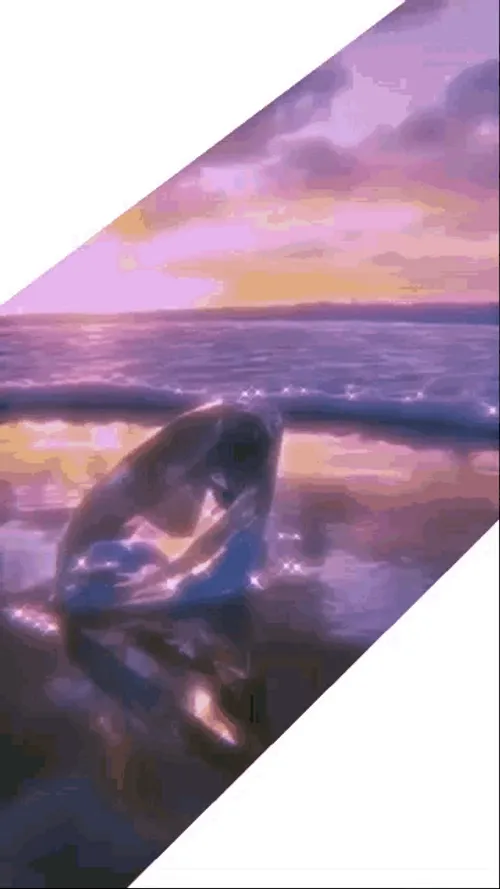I am so, so sorry for the late post. I've been having a lot of technical difficulties, but I finally got my other laptop back from the Geek Squad, and everything is good as new! So we're safe.
Anyway, can you believe we're already done with Week 8? That means there's only two more weeks of my on-site internship. Time is going by way too quickly, but as much as I love my internship here, I need a small break, as I'm sure you all do too (I hope school isn't killing you too much).
I'll try to keep this post short and sweet. I know a lot of you have been worrying about the Great Horned Owls, because I really haven't talked about them lately (kestrels are just so interesting!). So, to keep you updated, I have in fact been researching the owls some more. I've found that owls are also changing their nesting habits. If you remember from like 5 posts ago, owls don't make their own nests, but rather take others (usually red-tailed hawks) or find a crevice somewhere. It's a rather detailed study, but to sum it up, "urban owl nests had significantly lower site basal area, higher conifer composition, and lower shrub cover. Both urban and rural owl nests showed lower canopy cover and closer proximity to forest edge, paved roads, human habitation, and water than random sites" [Smith 2012]. So, it looks like owls nesting behavior is also changing due to urbanization. Yay, research!
Now, as much as I would love to inform you about my work on the kestrels, most of it now is related to my final product, and I really wanted to keep that a surprise until presentation day, By my calculations, this product is going to take a lot of work and I need to make sure that it's successful before I start raising people's expectations.
Okay, I promised a shorter post, and I'm going to try really hard to fulfill that. Next on the discussion list is my week at Liberty Wildlife. To be honest, I pretty much forgot everything I did (my friends call me a Dory). I'm sure most of it was either research or intake, but there was this one time where I got to help feed the infant bunnies (because we have like 30 cottontail rabbits now so it takes a long time to feed them and give them their medicine). On Thursday, I remember I couldn't find my on-site mentor, so I ended up going around the whole education trail (where they keep the birds they use for presentations and tours), so I got to meet some new friends!
Apology: the pictures are bad because there's a mesh cage messing up everything, so I'm sorry.
Now, time for the animal of the week, the Luzon Bleeding Heart Pigeon!
So, if you weren't already aware, the Bleeding Heart Pigeon got its name because of the dark red spot right in the middle of its chest. This bird actually prefers to stay on the ground, and only leaves it to begin nesting. In fact, if approached by a predator, the pigeon will actually run away instead of flying away. I tried to look more into this, like why do they choose not to fly and how fast can they run, but apparently these birds are "elusive" and "shy", so not many have actually recorded this kind of information. Oh well, maybe that can be someone else's senior project.
These birds also mate for life (for some reason, we've been choosing a lot of animals that mate for life).
 |
| A Bald Eagle |
 |
| A Turkey Vulture (Whose name is Bailey) (Which is my last name if you don't remember) |
 |
| A Female American Kestrel Looking up at the sky dramatically |
 |
| A Male American Kestrel Who is really fluffy and cute |
 |
| Hi, I'm a bird. Tweet tweet. |
These birds also mate for life (for some reason, we've been choosing a lot of animals that mate for life).
Finally, these birds will often fake injuries to lure predators away from their nests, which I guess is really brave of them, but seeing as their main predators are birds of prey, crocodiles, snakes, and monkeys, this can also be really dangerous. Well, I'm sure they know what they're doing.
That sums it up for this week! If you have anything to say to me, comment below. If you don't have anything nice to say to me, best to say nothing at all. Or lie. Have a nice life, and don't let the schoolwork get you down!
 |
| This is how you win the lottery. |




Hey Korina! I'm happy to hear that you got your laptop back :D Yeah, time is really going by fast (it's a bittersweet moment).... quick question: I can't remember if you already mentioned it, but are you going to involve both species in your final project (I think you had said you're going to be focusing on kestrels, but then in this post you researched owls as well... just curious)? Can't wait to read more, and good luck with your final product!
ReplyDeleteHey Korina! Seems like there has been a change of luck. You got your laptop, yay! It is interesting to see how we affect the nesting habits of the owls. Could there be any other reason for the owls changing their nesting habits or is it mainly because of urbanization. Also, that American Male kestrel looks so cute and colorful! I'm excited to learn more about the owls! Good luck with your research!
ReplyDeleteHi Korina. I loved reading your posts about the kestrels but I think the owls sparked my interest more. Also I can't believe u get to work with baby bunnies! That's so cool. I hope your reasesrch continues to go well and you continue to learn more about these wonderful animals.
ReplyDeleteHey Korina! As per usual, I enjoyed your post. I was wondering whether kestrels or the owls changed more due to urbanization, and if so, how/why? Thanks!
ReplyDeleteHey Korina! Even though it was short, I still enjoyed your post! Anyways, I was wondering if every single Luzon Bleeding Heart Pigeon risks their lives to protect their young. It seems instinctual for them, whereas some humans have a much harder time putting their offspring's lives before themselves. Maybe our brains give us the capacity to be "evil" as well as think more deeply. Anyways, keep up the great work!
ReplyDeleteHi Korina. I thought the Bleeding Heart Pigeon was beautiful and very interesting. Quick question, why do the owls nest towards the urban environments? Are there just more available nests? Thanks!
ReplyDeleteHi Korina. Great post! I was wondering though, why do the great horned owls usually don't make their own nests? Good luck on your remaining two weeks!
ReplyDeleteHi Korina! I thought the passage on the Bleeding Heart Pigeon was really interesting. Since the negative effects of urbanization are so often described, I was wondering if there were any positive effects on birds that you knew about. I can't wait for your final product, and best of luck with the rest of your research!
ReplyDeleteHi Korina! What a great post. I love the Ron gif at the end. What has been your favorite experience with an animal on site so far? I can't wait to read the final updates of your project!
ReplyDeleteHey Korina! I'm glad you're back and sorry you've been having technical issues. I was just wondering, is owl nesting behavior changing due to habitat destruction from urbanization?
ReplyDeleteBonjour Korina! Quick question: do you know if the rain or other forms of precipitation affect the owls' choices when picking nests; although, I gather it is a bit hard to do that since were in a desert. Good luck! AH, it's the homework, it's after me!!!!!!!!!!!!
ReplyDeleteHi Korina! Sorry for the late comment. It's good to hear that you got your laptop back and about the owl as well. Do the owls naturally not build their nests or is that a habit that evolved as urban settlements came up? Thank you. Can't wait to read more!
ReplyDelete